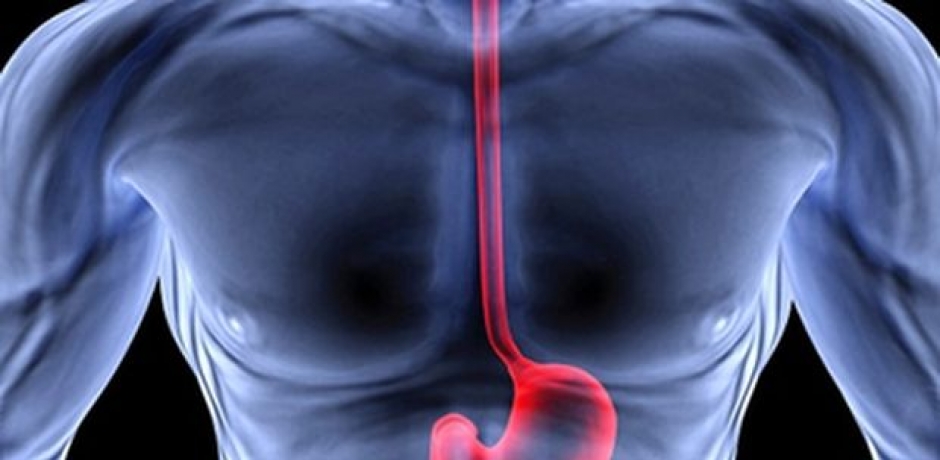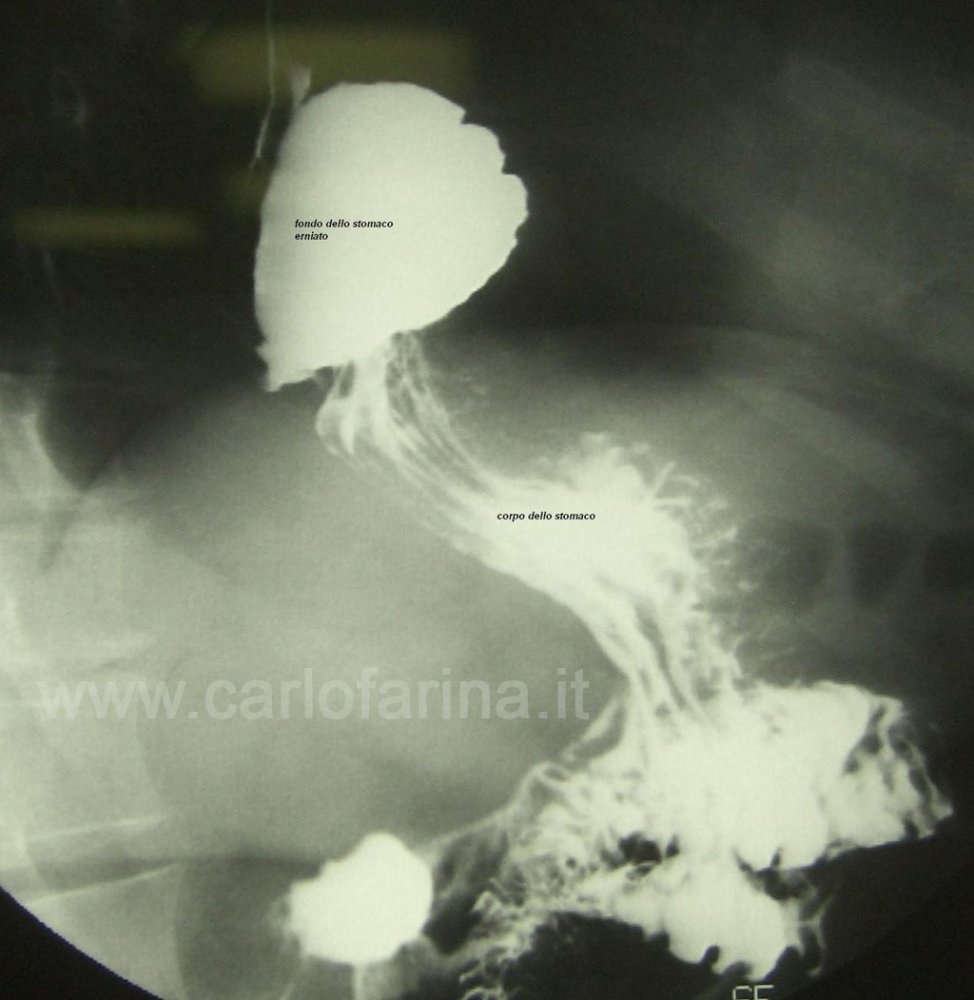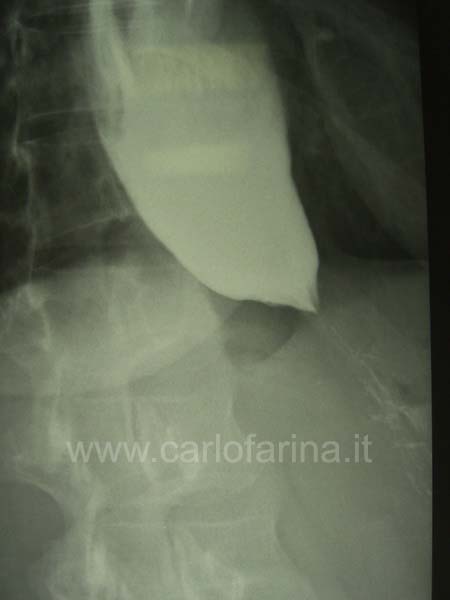For Iatal Hernia we mean the displacement of a part of the stomach outside the abdominal cavity through the diaphragm. The diaphragm is that tent-shaped muscle that separates the chest from the abdomen. The esophagus must pass through the diaphragm through a hole (diaphragmatic Hiatus) that sometimes widens and allows the stomach to migrate into the chest. This pathological condition is called IATAL HERNIA.
HIATAL HERNIA and GERD Gastro - Esophageal reflux disease
A small amount of stomach contents also flushes under normal conditions in the esophagus.
Reflux instantly causes a peristaltic reflex which contractions that "cleans" the esophagus.
When these reflux episodes increase, the esophagus is no longer able to counteract them and it fails by developing a gastro-esophageal reflux esophagitis.
The main reflux barrier is a muscle located between the esophagus and stomach defined as the Lower Esophagus Sfinter.
Approximately 80% of patients with significant reflux also have a 'HIATAL HERNIA' is a dewatering to the chest of joints between the esophagus and the stomach.
This condition worsens reflux for an equilibrium between intraaddominal pressure and intrathoracic pressure.
SURGICAL TECHNIQUES:
Surgery is only indicated in 15% of people with reflux when symptoms persist or recur despite medical therapy.
The purpose of the surgery is to bring the herniated stomach portion (the hernia) back to its original location and to build a new valve to prevent reflux.
With the advent of laparoscopy, it became a bit cruel and definitely miniinvasive.
There are numerous interventions to be performed as appropriate.
The most commonly used procedure is Nissen or Nissen-Rossetti Laparoscopic Antireflusive Plastic.
POST-OPERATING INFORMATION


